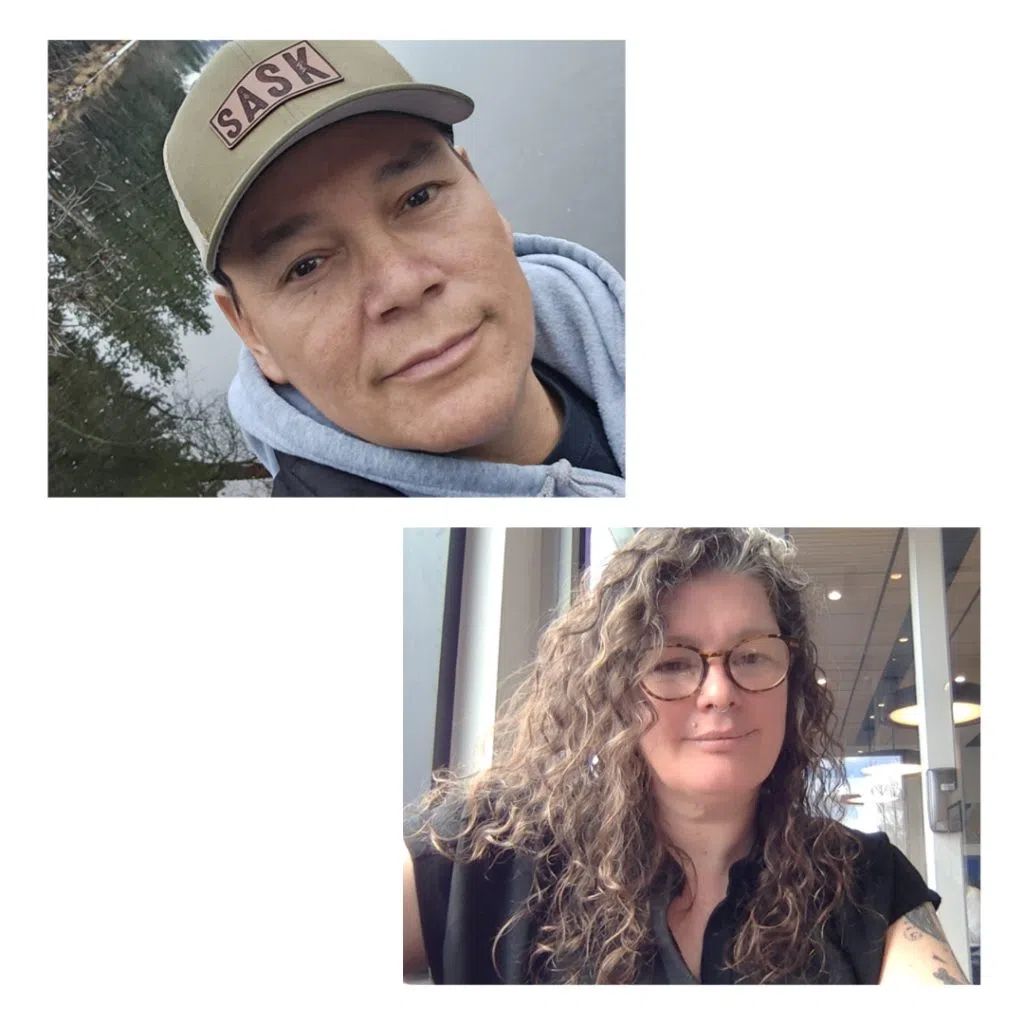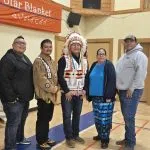
Cree Sign Language’s Role in ASL Sparks Push for Greater Recognition
Modern signed communication has its roots directly tied to Cree. Now, leaders in the deaf and hearing impaired community are looking for more supports for this vital and founding language.
“American Sign Language (ASL) borrowed about 140 words from Plains Cree sign language. We wouldn’t have ASL if we didn’t have Plains Cree sign language,” said Rae-Mairi Richardson, deaf interpreter for the Saskatchewan Deaf and Hard of Hearing Services (SDHHS).
The predominant sign language in English-speaking North America is ASL, which originated in the early 19th Century. But, signed language among the Indigenous communities in North America has been documented as early as the 15th and 16th Century, and is considered to have significantly influenced ASL, as it was widely used throughout the Great Plains.
“We’re trying to preserve that language and keep it alive,” said Richardson.
Richardson, along with her partner, Burton Bird, provide essential language services and training to Saskatchewan communities north of and including Prince Albert, where some of the province’s most remote and underserved populations exist. They are calling for more supports for those who have not have access to essential language development.
“The need is all over the province, in very isolated communities. Signing is very sporadic. These children are loved and cared for, but their language in ASL and literacy skills are few and far between,” said Richardson.
According to Richardson, who has been working for the past three years to provide language skills to deaf and hard of hearing children in northern Saskatchewan, many children are without proper training to be able to communicate, leading to development and literacy issues, as well as being deprived of culture.
Richardson and her partner, Burton Bird, work with over 30 children scattered across northern Saskatchewan – but they suspect they are many more whose families are unaware of the sign language services available for their deaf child.
“There is not enough services. And the referrals are coming from where? – their families don’t know what to do with their deaf child,” she said.
“The children are very enthusiastic to learn. It’s the adult people around them that don’t know how to communicate with them, that don’t take time to develop that with them. I’m the one that is mediating that process of trying to help the parents and grandparents communicate with their children using a language that their child uses.”
Richardson and Bird are trying to develop language skills in both ASL, and Cree sign language in order to provide some cultural foundation for children. A member of Montreal Lake Cree Nation, Bird does land-based teaching with children and uses ASL or Cree sign language to talk about animals, plants, fishing, and the cultural and history associated with the land.
“We can only talk so much. They have limited language. So that’s a challenge, they need more exposure to the language,” said Bird.

Richardson and Bird said that when they work with children who have limited language skills, they are often very withdrawn, isolated, and feel as though they are limited in the things they aspire to do.
“Young children will come up to me, and I’ll tell them I have a driver’s license, I have a gun license, I can go out and hunt. They ask me these questions, and I tell them deaf people can do these things. They always thought deaf people couldn’t,” said Bird.
“These interactions are important because you can break down some of these barriers and stereotypes that ‘we can’t’,” he said.
Somewhat of an awakening happens when these children, deprived of language and culture, begin to learn to communicate.
“You can see the lightbulb moment. You can see the light in their eyes, even their personalities get lighter. They were so isolated in their own little world,” said Richardson. “Suddenly they were joining our Zoom calls and wanting to be involved more.”
Richardson and Bird would like more recognition of the importance of SDHHS for the deaf and hard of hearing community. They work with people as far north as Black Lake, but due to lack of resources, are rarely are able to work with people face-to-face.
“If I could see them face-to-face on a regular basis, then language and culture would flourish.”

